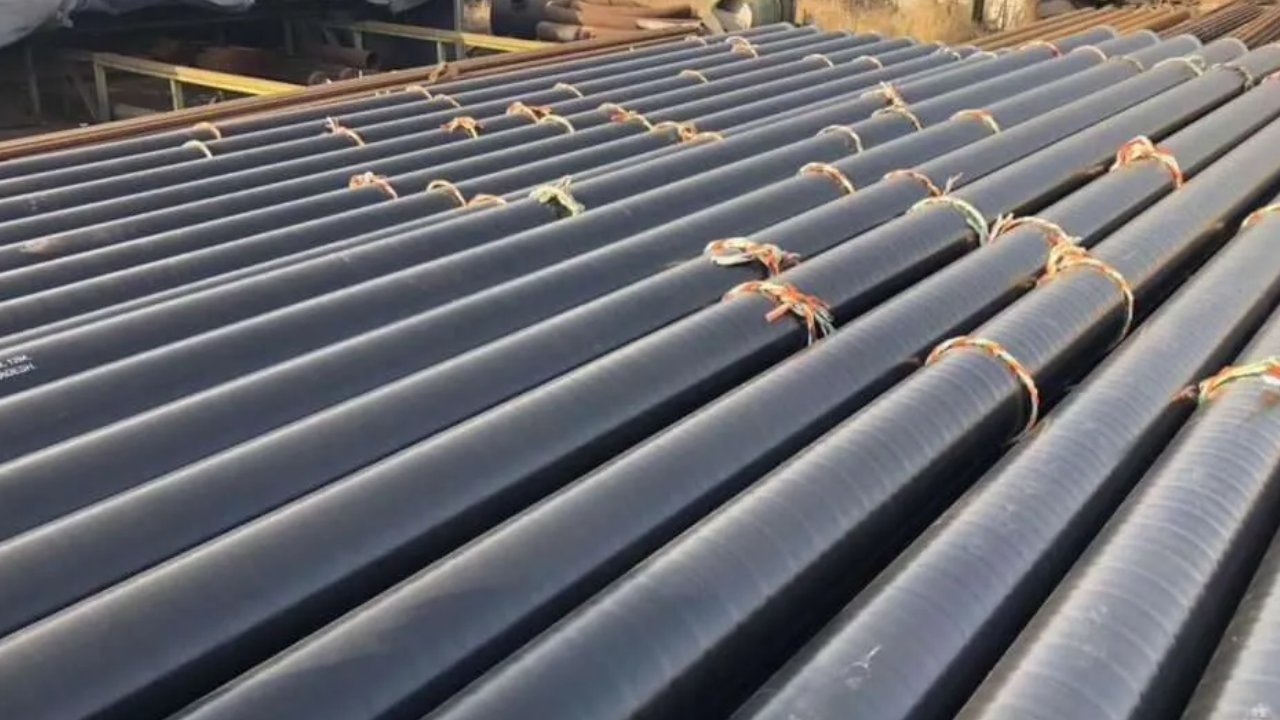ASTM A53 and ASTM A106 are two common sorts of carbon steel utilized in different mechanical applications, counting development, and framework. Both steels have particular properties that make them appropriate for diverse purposes, but the address frequently emerges as to whether they can be utilized or traded. Understanding the similitudes and contrasts between astm a53 vs a106 steel is vital for making educated choices around their application.
ASTM A53 and A106 steels
They are utilized for distinctive applications due to their unmistakable properties. A53 steel, with its lower carbon substance, is reasonable for direct temperature and weight situations, whereas A106 steel's higher carbon substance makes it perfect for high-temperature and high-pressure applications. Utilizing A53 input of A106 or bad habit versa can lead to execution issues or pointless costs. Surveying particular application necessities is vital to decide whether substitution is fitting and to guarantee ideal execution and security.
Diagram of ASTM A53 Steel
ASTM A53 steel may be a determination fundamentally utilized for pipe applications, counting those requiring moo to direct temperatures and weights. This steel is accessible in three grades: A, B, and C, with Review B being the most commonly utilized. The composition of A53 steel incorporates carbon (0.25%-0.29%), manganese (0.60%-0.90%), and controlled levels of phosphorus and sulfur (both max 0.05%). These properties make A53 steel appropriate for auxiliary applications, water and gas pipelines, and other general-purpose employments.
A53 steel is esteemed for its great weldability, ductility, and direct quality. It is often utilized in situations where tall temperature or tall weight isn't an essential concern. The steel's plan permits it to perform well beneath ordinary benefit conditions, but it may not be reasonable for more requesting applications requiring higher quality or resistance to extraordinary temperatures.
Outline of ASTM A106 Steel
ASTM A106 steel, in differentiation, is outlined for high-temperature and high-pressure applications. It is commonly utilized within the petrochemical and control era businesses for channeling that must withstand raised temperatures. The steel composition incorporates higher carbon substance (0.30%-0.60%), comparable levels of manganese (0.60%-0.90%), and stricter controls on phosphorus and sulfur (both max 0.035%). These characteristics upgrade its quality and toughness beneath high-temperature conditions.
A106 steel is known for its prevalent quality and resistance to warm push, making it reasonable for high-pressure frameworks and applications where temperature varieties are noteworthy. It requires cautious welding hones, counting preheating and post-weld warm treatment, to oversee its properties viably and guarantee the keenness of the welds.
Key Contrasts in Properties
The essential contrasts between A53 and A106 steel lie in their chemical compositions and the coming about properties. A53 steel's lower carbon substance and controlled debasement levels make it more appropriate for applications where tall quality and temperature resistance are not basic. It is ordinarily utilized in situations with direct temperature and weight necessities.
A106 steel, with its higher carbon substance, offers more prominent quality and resistance to warm push, making it perfect for high-temperature and high-pressure applications. The stricter control over debasements like phosphorus and sulfur moreover improves its execution under extraordinary conditions. These contrasts affect how each steel performs beneath different operational stresses, impacting their reasonableness for particular applications.
Applications and Appropriateness
The applications for A53 and A106 steel highlight their particular qualities and restrictions. A53 steel is commonly utilized in the development of basic components, water and gas pipelines, and low-pressure applications. Its great weldability and direct quality make it a flexible choice for general-purpose utilization.
A106 steel is regularly utilized within the oil and gas industry, control era, and other high-pressure situations where tall temperatures are predominant. Its improved quality and strength beneath extraordinary conditions make it the preferred choice for basic applications where disappointment isn't an alternative. The capacity of A106 steel to resist higher temperatures and weights is significant in these requesting settings.
Tradable Contemplations
In certain cases, A53 and A106 steel could be utilized and traded, but a few variables require to be considered. If an application requires the common properties of A53 steel, such as direct quality and temperature resistance, utilizing A106 steel may be over the top and may lead to expanded costs. Alternately, if an application requests the tall quality and temperature resistance of A106 steel, substituting it with A53 steel might result in execution issues and potential disappointment.
Sometimes recently substituting one steel for another, it is basic to evaluate the particular prerequisites of the application, counting temperature, weight, and quality requests. Counseling with designing specialists and looking into the important measures and determinations will offer assistance decide whether compatibility is suitable.
Conclusion
In outline, whereas ASTM A53 and ASTM A106 steels have covering applications, they are not continuously conversely due to their varying properties and expected employment. A53 steel is suitable for direct temperature and weight applications with great weldability, whereas A106 steel exceeds expectations in high-temperature, high-pressure situations due to its improved quality and resistance to warm push. Understanding these contrasts and carefully assessing application necessities are fundamental for selecting the fitting steel and guaranteeing ideal execution and security.


